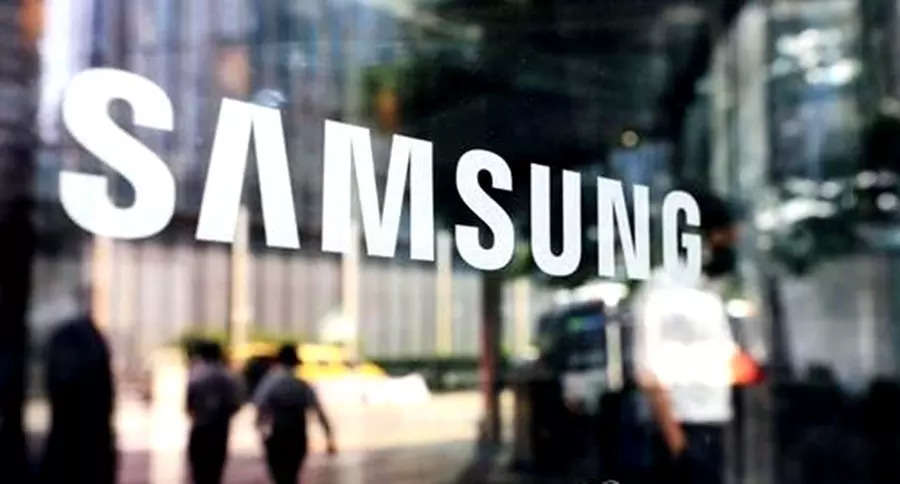
[ad_1]
Smartphones have been offering Dolby ATMOS support to offer a 3D surround sound output in their phones and other devices. While Google does not exactly offer Dolby Atmos, several other brands, including Samsung phones and tablets come with ATMOS support.
That said, a new report has surfaced online that claims a new 3D audio technology is being developed by Samsung and Google together and it’s almost ready for the mass market.
Back in October 2023, the Spatial Audio standard was adopted by the Alliance for Open Media, a committee that has members from Apple, Google, Amazon and other brands, with the name Immersive Audio Model and Formats (IAMF).
Samsung, Google working on Dolby ATMOS rival
As per a new interview published by Samsung Newsroom Malaysia with the Research team that’s working on IAMF. The interview reveals key details about Samsung and Google’s new venture at developing a 3D Audio technology similar to Dolby ATMOS.
SungHee Hwang, a member of the visual technology team at Samsung Research, mentioned in the interview that “3D sound information from content cannot be interpreted properly by home audio systems such as TV speakers or sound bars.” “Resulting in a slightly limited audio experience that lacks detail from the original content”, he further added.
Samsung has mentioned that they want to make home systems more efficient at handling audio by sharing the audio data with the home audio system so that they can process the data to match the sound signature of the hardware.
Samsung-Google 3D Audio vs Dolby ATMOS
There are not many details available as of now considering it is still in the development stage. But, based on the interview, there are mainly three key pillars of Samsung-Google’s IMAF technology. The first thing is virtual sound where the sound processing will be done for not only horizontal planes but also for vertical planes.
AI is also part of the new system being developed. This will allow for better analysis of the media and tune the audio in real-time to offer better and more immersive sound output.
Third is the customisability options. Samsung has mentioned that the IAMF system will be customisable as per users’ choice. This is something Dolby ATMOS does not offer as of now. ATMOS processes the signals based on the input provided and tunes it automatically to offer the best possible sound experience.
That said, a new report has surfaced online that claims a new 3D audio technology is being developed by Samsung and Google together and it’s almost ready for the mass market.
Back in October 2023, the Spatial Audio standard was adopted by the Alliance for Open Media, a committee that has members from Apple, Google, Amazon and other brands, with the name Immersive Audio Model and Formats (IAMF).
Samsung, Google working on Dolby ATMOS rival
As per a new interview published by Samsung Newsroom Malaysia with the Research team that’s working on IAMF. The interview reveals key details about Samsung and Google’s new venture at developing a 3D Audio technology similar to Dolby ATMOS.
SungHee Hwang, a member of the visual technology team at Samsung Research, mentioned in the interview that “3D sound information from content cannot be interpreted properly by home audio systems such as TV speakers or sound bars.” “Resulting in a slightly limited audio experience that lacks detail from the original content”, he further added.
Samsung has mentioned that they want to make home systems more efficient at handling audio by sharing the audio data with the home audio system so that they can process the data to match the sound signature of the hardware.
Samsung-Google 3D Audio vs Dolby ATMOS
There are not many details available as of now considering it is still in the development stage. But, based on the interview, there are mainly three key pillars of Samsung-Google’s IMAF technology. The first thing is virtual sound where the sound processing will be done for not only horizontal planes but also for vertical planes.
AI is also part of the new system being developed. This will allow for better analysis of the media and tune the audio in real-time to offer better and more immersive sound output.
Third is the customisability options. Samsung has mentioned that the IAMF system will be customisable as per users’ choice. This is something Dolby ATMOS does not offer as of now. ATMOS processes the signals based on the input provided and tunes it automatically to offer the best possible sound experience.
[ad_2]
Source link
